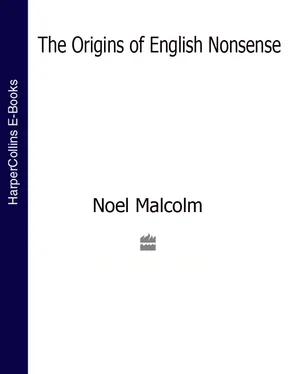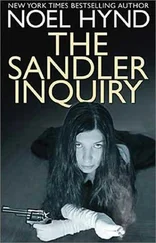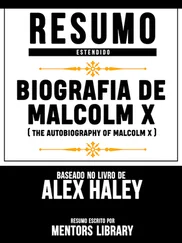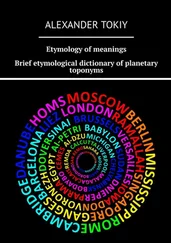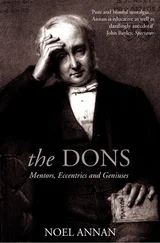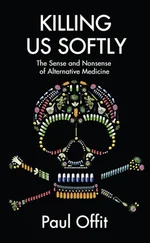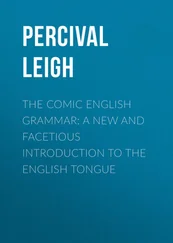The ‘Lügendichtung’ genre of German nonsense poetry enjoyed a long life; but its high point was undoubtedly reached in the fourteenth and fifteenth centuries. 9One very popular example from the fourteenth century was the ‘Wachtelmäre’ or ‘quail-story’ (so called because of a refrain which counts quails in a sack, alluding to a proverbial saying about hunters who tell fibs). A long and elaborate narrative, it tells the story of a vinegar-jug who rides out to joust against the King of Nindertda in the land of Nummerdummernamen, which lies beyond Monday. Heroes of courtly epic such as Hildebrand and Dietrich of Bern also come into the story, which develops into a great battle between a hedgehog and a flying earthworm, a battle which is eventually decided by a swimming millstone. 10This poem was unusual, however, in having such a unified narrative structure; most of the Lügendichtungen are little more than strings of impossibilia, with images which are built up over a few lines at most:
Ein schweizer spiss ein helnparten
Die tanczten in einem hopffengarten
Eins storchs pein und eins hasenfuss
Die pfiffen auf zum tancz gar suss … 11
A Swiss lance and a halbard
Were dancing in a hop-field;
A stork’s leg and a hare’s foot
Were playing sweet dance-tunes on the pipe …
This medieval German nonsense poetry seems to have influenced writers in both England and France. The transmission is easiest to see in the English case (though it has not apparently been noticed there before); the influence on France, which has been suggested by a number of modern writers, remains more shadowy and uncertain.
In the case of England, just a handful of narrative animal nonsense poems survive from the Middle Ages, written probably in the mid fifteenth century. They all bear a strikingly close resemblance to the German Lügendichtung. One is a brief account of an animal battle:
The krycket & the greshope wentyn here to fyght,
With helme and harburyone all redy dyght;
The flee bare the baner as a dughty knyght,
The cherubed trumpyt with all hys myghth … 12
The cricket and the grasshopper went out to fight,
Already dressed in helmet and coat of mail;
The fly carried the banner, as a doughty knight,
The scarab-beetle trumpeted with all his might …
Another is a short but more chaotic description of animals and other objects fighting and making music:
The hare and the harthestone hurtuld to-geydur,
Whyle the hombul-be hod was hacked al to cloutus
Ther schalmod the scheldrake and schepe trumpyd,
[The] hogge with his hornepype hyod hym belyve,
And dansyd on the downghhyll, whyle all thei day lasted … 13
The hare and the hearth-stone collided with each other,
While the bumblebee’s hood was hacked to shreds;
The salmon, the sheldrake and the sheep trumpeted,
The hog came on quickly with his hornpipe
And danced on the dunghill, so long as the day lasted …
Another poem is a more ambitious narrative. Beginning with the sort of brief introductory formula which one finds in the German poems of this period, it moves quickly into a dense mass of comic animal impossibilia:
Herkyn to my tale that I schall to yow schew,
For of seche mervels have ye hard bot few;
Yf any of them be ontrue that I schall tell yow aftur,
Then wax I as pore as tho byschop of Chestur.
As I rode from Durram to Dowre I fond by tho hee strete
A fox and a fulmarde had XV fete;
Tho scate scalldyd tho rydlyng and turnede of hys skyn;
At the kyrke dore called the codlyng, and badd lett hym yn.
Tho salmond sang tho hee mas, tho heyrying was hys clarke,
On tho orgons playde tho porpas, there was a mere warke …
I toke a peyny of my purse, and offerd to hom all.
For this offerand was made, tho sothe yf I schall sey,
When Midsomer evyn fell on Palmes sounnday.
Fordurmore I went, and moo marvels I founde;
A norchon by the fyre rostyng a greyhownde.
There was dyverse meytes, reckyn hom yf I schall;
Ther was raw bakon, and new sowrde all.
Tho breme went rownd abowte, and lette hem all blode;
Tho sow sate on hye benke, and harpyd Robyn-Howde … 14
Hearken to my tale, which I shall tell you,
For you have heard few such marvels;
If any of the ones I shall tell you are untrue,
Let me become as poor as the Bishop of Chester.
As I rode from Durham to Dover, I found in the high street
A fox and a polecat which had fifteen feet;
The skate scalded the redshank and skinned him;
The codling called at the church door, and asked to be let in.
The salmon sang the high mass, the herring was his clerk,
The porpoise played the organ, there were merry goings-on …
I took a penny from my purse, and offered it to them all.
Now, this offering was made, to tell the truth,
When Midsummer day fell on Palm Sunday.
I went further, and found more marvels:
A hedgehog by the fire, roasting a greyhound.
There were various things to eat, let me tell you what they were:
There was raw bacon, and new soured ale.
The bream went round and took blood from them all;
The sow sat on a high bench, playing ‘Robin Hood’ on her harp …
The close connection between these poems and the German genre is self-evident. Of course, the basic idea of listing animal or natural impossibilia was so widespread that it would have been known to English writers from many other sources too; but those other sources, and their English imitators, generally used it in a non-nonsensical way, as a rhetorical device to fortify satire or complaint – usually about the impossibility of female constancy. (One well-known example is a fifteenth-century poem which begins: ‘Whane nettuls in wynter bryng forth rosys red’; the end-line of each stanza is: ‘Than put women in trust and confydens.’) 15Humorous-miraculous narratives were not unknown either, the most famous being the early fourteenth-century poem ‘The Land of Cockaygne’. 16But that poem is a straightforward narrative description of extraordinary things; it lacks the density, energy and chaotic intermingling of different kinds of impossibilia which mark out the German poems and the small group of English poems which follow them so closely.
Finally, one other type of impossibilia cultivated by the German genre should also be mentioned, since it seems to have given rise to another short English poem: this type has been described as ‘the subcategory of adynata [i.e. impossibilia] in which incapacitated persons act as if they had full, or even extraordinary possession of their faculties’. 17The lame dance (or, frequently, catch hares), the dumb sing, the naked put things in their pockets, and so on. This idea is taken up by another fifteenth-century English poem:
I saw thre hedles playen at a ball;
On hanles man served them all;
Whyll thre mouthles men lay and low
Thre legles away hem drow. 18
I saw three headless men playing ball;
One handless man served them all;
While three mouthless men lay and laughed
Three legless men drove him away.
This looks like a small fragment extracted from a Lügendichtung and turned into a free-standing pseudo-gnomic poem, which might then have entered the stock of orally transmitted folk poetry. The only other genre in medieval English literature which cultivated impossibilia for their own sake was that of the mock-recipe or mock-prescription: this genre, one instance of which was available in print to seventeenth-century readers, will be discussed in the next chapter.
Apart from these two examples, it is doubtful whether any of the small number of medieval English nonsense poems which have come down to us were known to writers of the sixteenth or seventeenth centuries. 19The torch of nonsense poetry seems to have been more or less extinguished in England after its brief flaming in the fifteenth century. When it was re-lit by Hoskyns in 1611, he may well have been writing under the influence of continental nonsense genres; if so, seventeenth-century English nonsense poetry was in part the final product of a more circuitous transmission, in which literary nonsense had travelled in relays from Germany, first to France, and then to Italy.
Читать дальше
